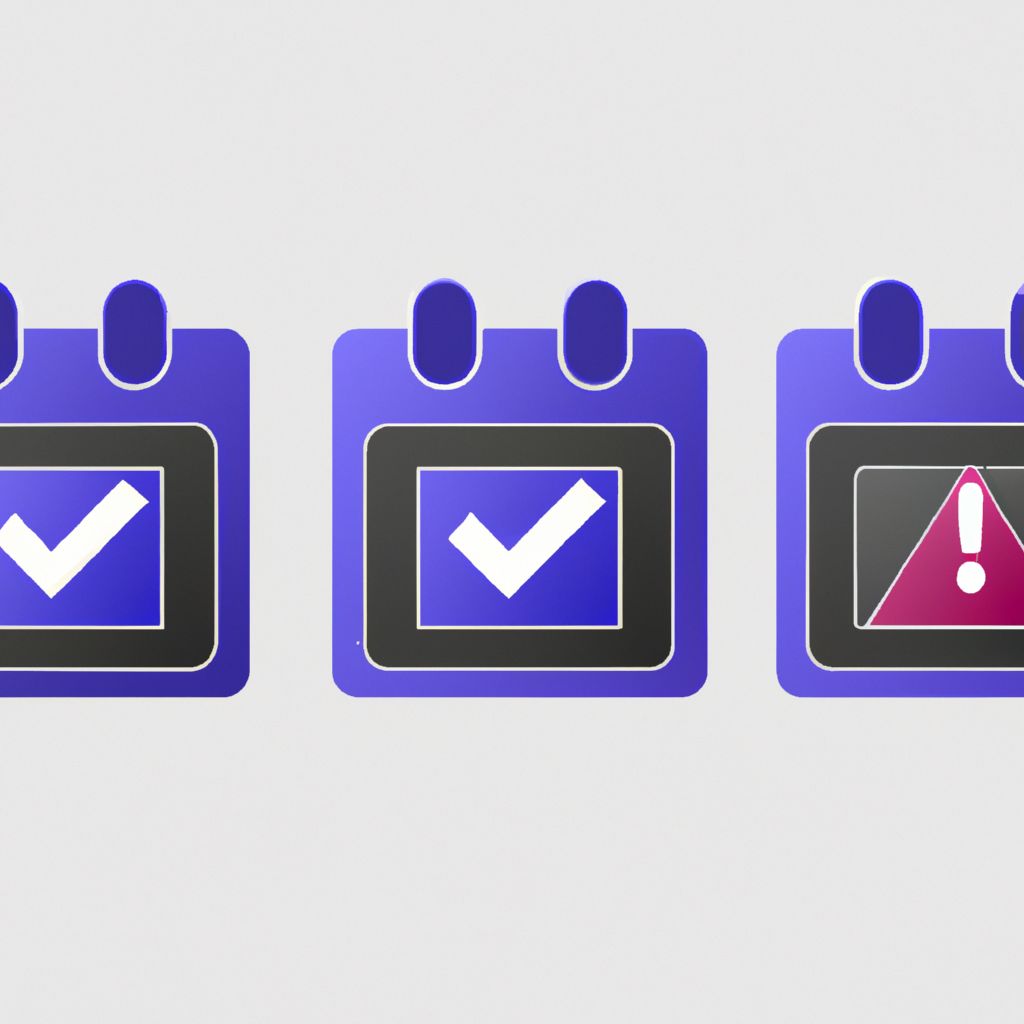The Urgency and Challenge of Vulnerability Remediation
In today's rapidly evolving threat landscape, identifying vulnerabilities is only the first step. The real challenge often lies in remediating them effectively and efficiently. A critical component of a successful vulnerability management program is establishing clear, consistent, and defensible remediation timelines. Simply finding flaws isn't enough; fixing them promptly is crucial to minimizing risk exposure.
However, setting these timelines isn't always straightforward. Organizations grapple with limited resources, competing priorities, and the sheer volume of vulnerabilities discovered. Establishing arbitrary deadlines can lead to burnout, rushed fixes, or neglected vulnerabilities. Conversely, overly lenient timelines can leave critical systems exposed for too long. This post outlines best practices for setting effective vulnerability remediation timelines.
Key Factors Influencing Remediation Timelines
Several factors should influence how quickly a vulnerability needs to be addressed:
- Vulnerability Severity: This is often the primary driver. High-criticality vulnerabilities that are easily exploitable and could lead to significant damage (e.g., remote code execution on a critical server) demand the shortest timelines. Common Vulnerability Scoring System (CVSS) scores provide a standardized way to assess severity, but context is also key.
- Exploitability: Is there known exploit code available in the wild? Is the vulnerability being actively exploited by threat actors? Vulnerabilities with readily available exploits or those under active attack require immediate attention, regardless of their base CVSS score. Threat intelligence feeds are invaluable here.
- Asset Criticality: Not all assets are created equal. A vulnerability on a public-facing, business-critical application requires faster remediation than the same vulnerability on an isolated development server. Understanding the business impact of a compromised asset is crucial for prioritization.
- Exposure: Is the vulnerable system internal or external? Public-facing systems are generally at higher risk and warrant faster remediation timelines.
- Compensating Controls: Are there other security measures in place (e.g., Web Application Firewall (WAF), Intrusion Prevention System (IPS), strict access controls) that mitigate the risk associated with the vulnerability? While not a replacement for patching, compensating controls might allow for slightly longer remediation windows in some cases.
- Remediation Complexity: Some fixes are simple patches, while others might require significant code changes, architectural adjustments, or vendor coordination. The effort required for the fix needs to be factored in, though it shouldn't unduly delay remediation for high-risk issues.
Best Practices for Setting Timelines
Based on these factors, here are best practices for establishing remediation timelines:
- Risk-Based Approach: Don't rely solely on CVSS scores. Combine severity with asset criticality, exploitability, and exposure to determine the actual risk to your organization. Prioritize the vulnerabilities posing the greatest immediate threat.
- Tiered Timelines: Create predefined remediation windows based on risk levels (e.g., Critical, High, Medium, Low).
- Critical: (e.g., CVSS 9.0-10.0, active exploitation, critical asset) - Remediate within 7-15 days.
- High: (e.g., CVSS 7.0-8.9, potential for significant impact) - Remediate within 30 days.
- Medium: (e.g., CVSS 4.0-6.9) - Remediate within 60-90 days.
- Low: (e.g., CVSS 0.1-3.9) - Remediate within 120 days or accept the risk based on assessment.
- Note: These are examples; tailor them to your organization's risk tolerance and capabilities.
- Policy Documentation: Clearly document your remediation timeline policy, including the factors considered, the defined tiers, and the escalation process for exceptions. Ensure this policy is communicated and understood across IT and security teams.
- Automation and Integration: Integrate your vulnerability scanner with ticketing systems to automatically assign remediation tasks and track progress against deadlines.
- Exception Management: Define a clear process for handling exceptions where timelines cannot be met. This should require justification, risk assessment, documented compensating controls, and management approval. Exceptions should be temporary and reviewed regularly.
- Reporting and Metrics: Track key metrics like Mean Time to Remediate (MTTR) per severity level, the number of overdue vulnerabilities, and exception rates. Use these metrics to report on program effectiveness and identify areas for improvement.
- Regular Review: Revisit and update your timeline policy periodically (e.g., annually) to reflect changes in the threat landscape, business priorities, and regulatory requirements.
Conclusion
Setting effective vulnerability remediation timelines is a balancing act between risk reduction and operational reality. By adopting a risk-based approach, establishing clear tiered deadlines, documenting the policy, and tracking progress, organizations can significantly improve their security posture. It transforms vulnerability management from a reactive process into a proactive strategy for minimizing exposure and protecting critical assets.
Disclaimer: This post represents the view of the individual author that wrote it and not necessarily the view of Rarefied Inc.
Looking for professional security testing?
Based on your interest in this topic, you might benefit from our specialized security services:
